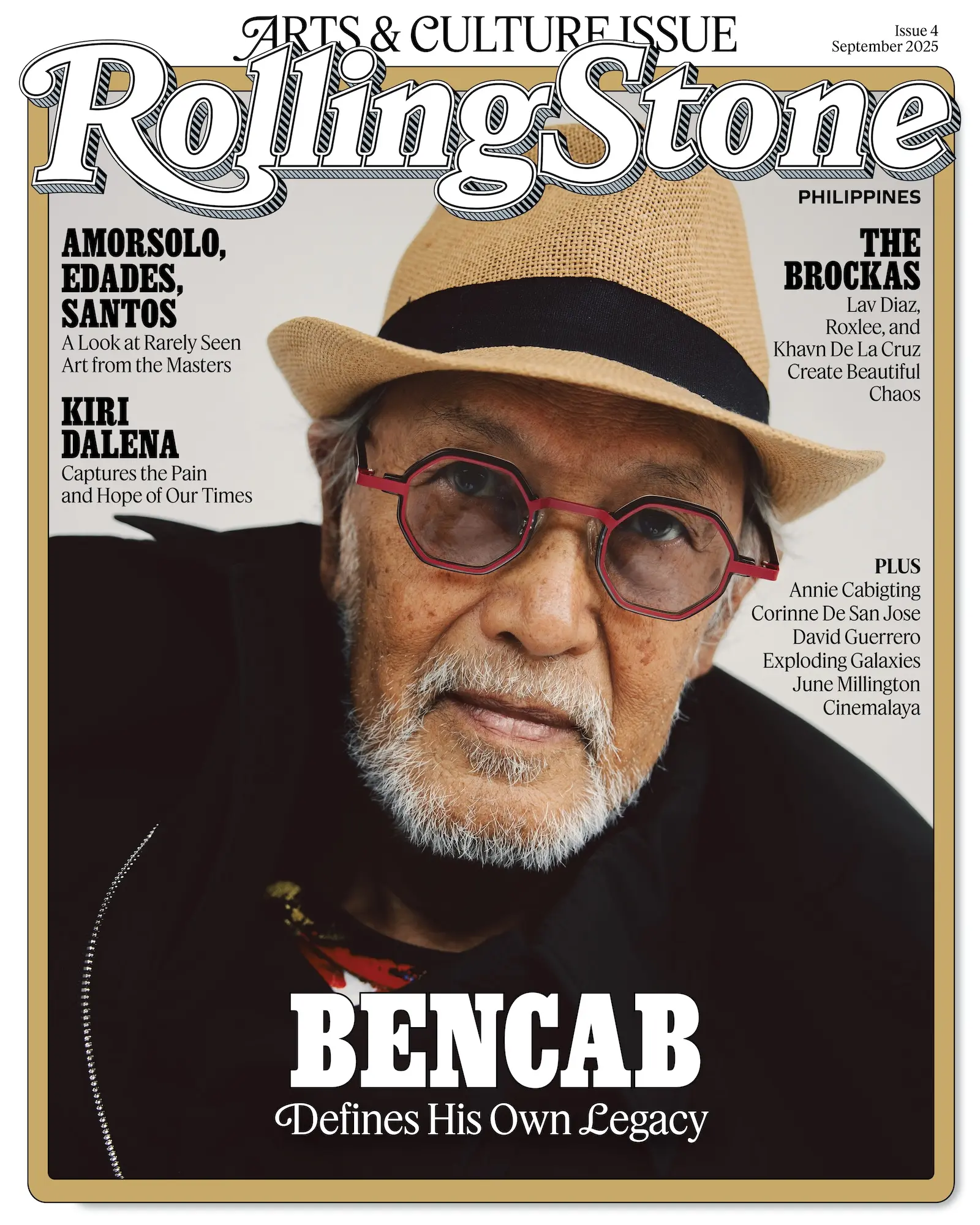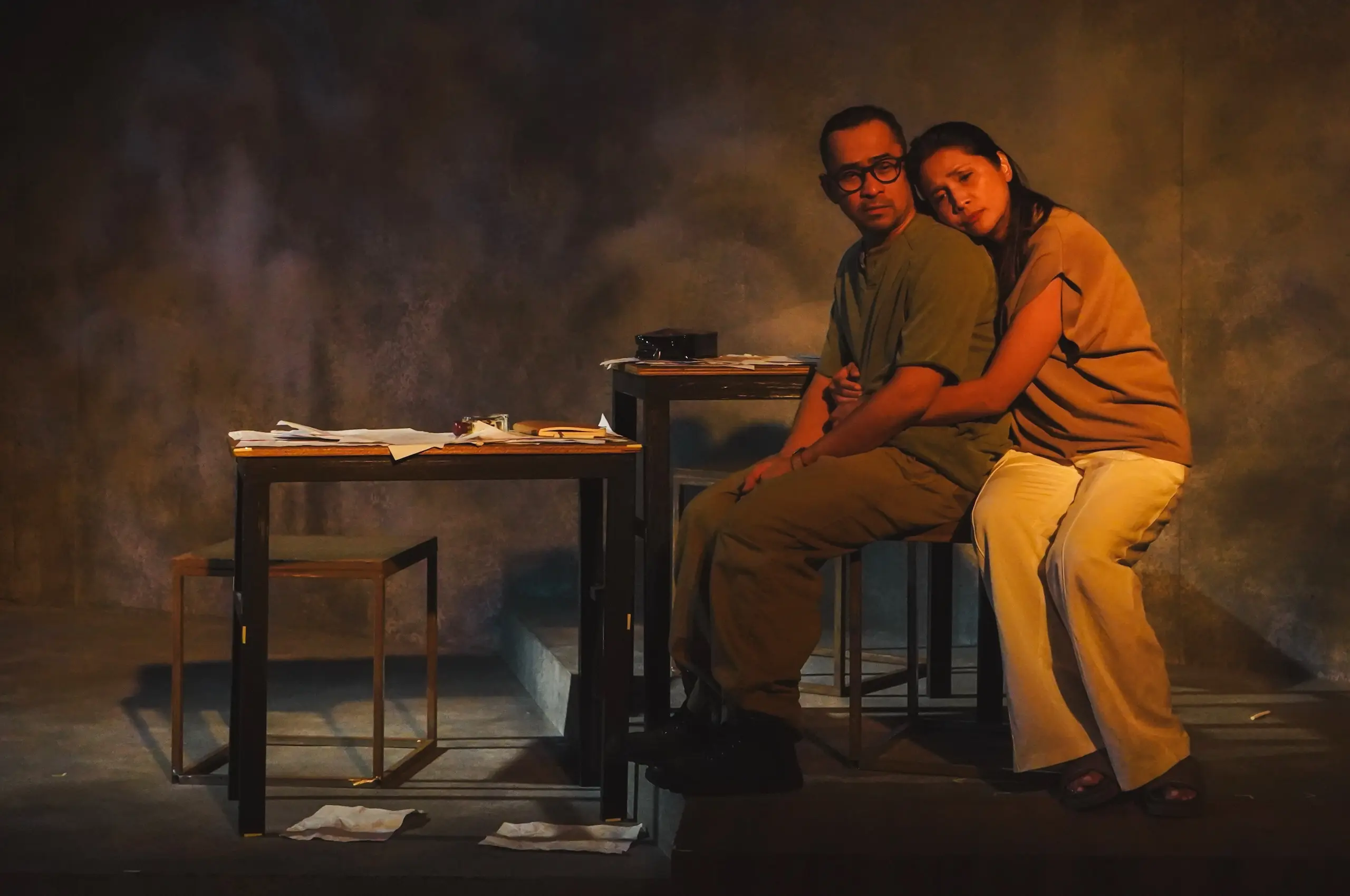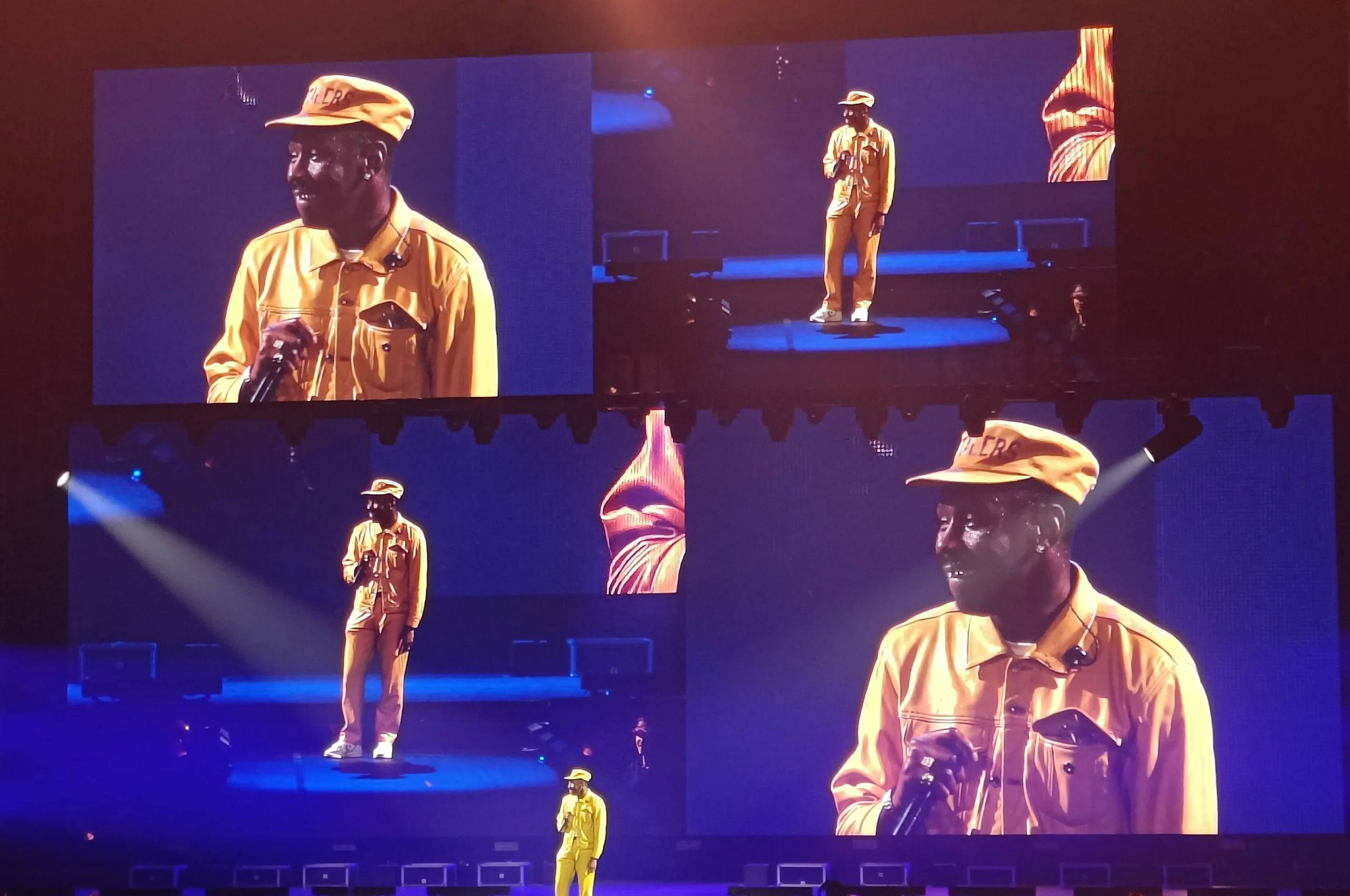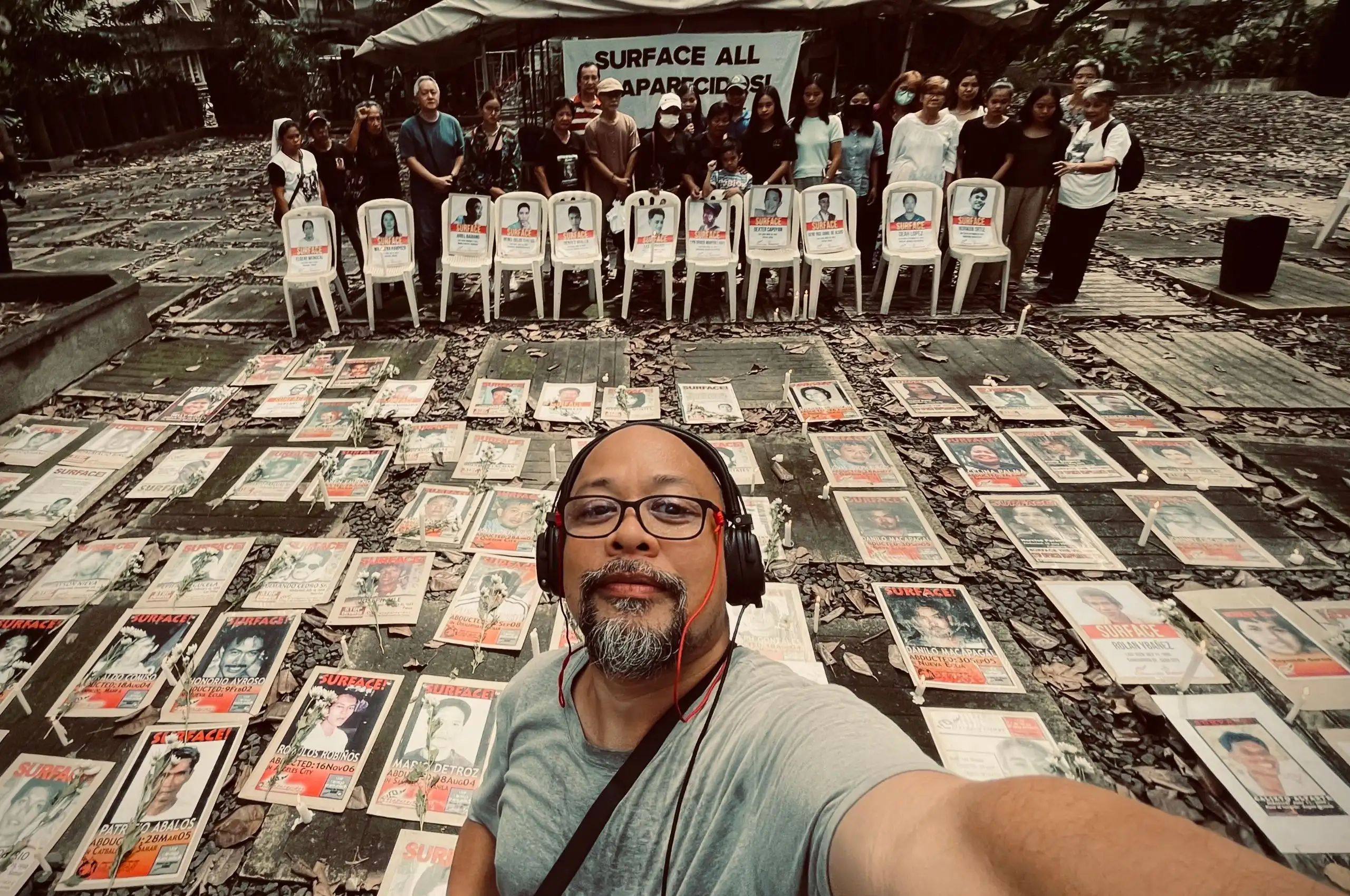Update (September 23, 2025, 8:48 p.m.): The Department of Interior and Local Government said nearly 200 protesters accused of participating in Sunday’s riots were allegedly paid P3,000 each by an organized group to attempt to burn down Malacañang Palace. Criminal cases also await 192 detainees in custody at Manila Police District.
On Monday, September 22, youth sector organization Samahan ng Progresibong Kabataan (SPARK), joined by student parties such as Partido Pandayan and the multi-sectoral alliance Sanlakas, staged an indignation rally outside Camp Crame in Quezon City at around 1 p.m.
The protest, held under pouring rain for nearly an hour, demanded the release of 216 people arrested during the September 21 demonstrations in Manila. Among those detained were 91 minors, according to reports. Organizers condemned what they described as widespread police brutality, particularly by the Manila Police District, which had led dispersal operations in Mendiola on Sunday, following rallies that saw thousands of Filipinos take to the streets against government corruption.
Video reports by Rappler and PhilStar News capture the chaos that unfolded along Mendiola and Recto on Sunday, September 21, where civilians clashed with police, who were seen injuring and arresting people through the use of force, like water cannons and tear gas. Advocacy groups like Salinlahi Alliance for Children’s Concerns have demanded accountability, denouncing the arrests as mass human rights violations.
Yet, the Philippine National Police (PNP) denied using teargas, gunshots, or any form of force to disperse the crowds during clashes along Recto and Mendiola. “Ang sinabi po ng district director, wala po tayong tear gas. Kasama po sa imbestigasyon niyan na ito po ay maaaring molotov bomb na galing po doon mismo sa mga nambato, ‘yung mga agitators po natin,” PNP spokesperson Police Brig. Gen. Randulf Tuaño said in a press briefing. “Wala po kahit rubber bullets o anumang bullet. Bawal po ‘yun. Hindi po ‘yun kasama sa police operational procedure.”
On Tuesday, September 23, Jonvic Remulla, Secretary of the Department of Interior and Local Government (DILG), stated in a press statement that the detained individuals were allegedly paid P3,000 by an organized group to take part in the riots, with the intention of burning down Malacañang Palace. “Mukhang lumalabas organized group… ang bayad nila sa mga bata ay P3,000 each. May mga videos pa kami na pinapakita nila mga pera nila at niyayabang sa social media,” he said. “Ang instruction, kung kaya niyo umabot ng palasyo, sunugin niyo. Ganoon lang.”
As of this time of writing, inquest proceedings await 192 detainees in custody at Manila Police District on charges of violation of the Public Assembly Act of 1985, as well as illegal assembly, assault against a person in authority, and resistance and disobedience under the Revised Penal code.
Real People
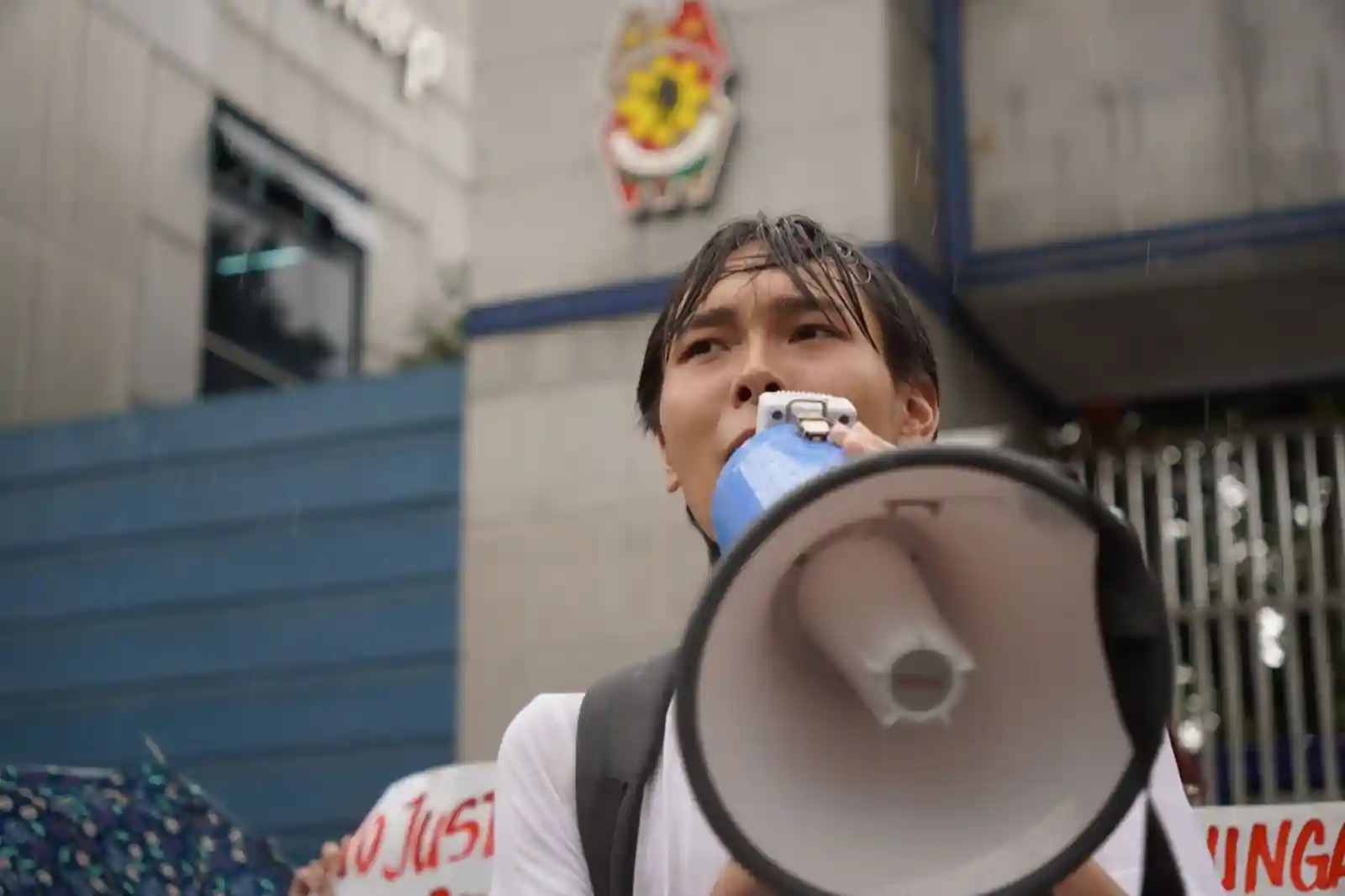
Rolling Stone Philippines spoke to SPARK spokesperson Milo Basuel, who described the rally at Camp Crame as both an act of solidarity and a stand against what they view as state-sanctioned repression. Basuel’s account underscores what many families of detainees have reported: that some of those arrested were not even participating in the demonstrations.
“One of the siblings of our comrades was unceremoniously detained by the police, and still has not been released. It has been 48 hours already,” Basuel tells Rolling Stone Philippines. “He was clearly a bystander because he lives in the Mendiola area, and he had to go out of the house after tear gas was shot out by the police, and he was looking for his little brother.”
For Basuel, this incident blurs the lines between protester and bystander. This is what rights groups argue that makes the arrests indiscriminate and in violation of both domestic and international human rights law. By refusing to release those who were not formally charged, the PNP raises deeper concerns about arbitrary detention and the broader culture of impunity.
Basuel argues that the state’s framing of protestors as “agitators” is a way of erasing the frustrations of Manila’s residents, many of whom live daily with flooding, inadequate housing, and corruption. For young organizers, the claim of “outside agitators” overlooks the fact that the protesters themselves are part of the affected communities, shifting focus away from investigating police actions. It also places accountability solely on demonstrators, while excusing state overreach.
“The people of Manila are among the hardest hit by flooding and infrastructure failure, as well as those na pinaka-pinagkakait sa serbisyong pampubliko, na ‘yong budget ay ninakaw na ng mga kontratista, public officials, at ng mga trapo,” Basuel added. “Their anger is just and righteous. It is the police reaction that is unfair and indiscriminate, and should be rightly investigated by the [Commission on Human Rights] and [the National Police Commission].”
Shared Solidarity
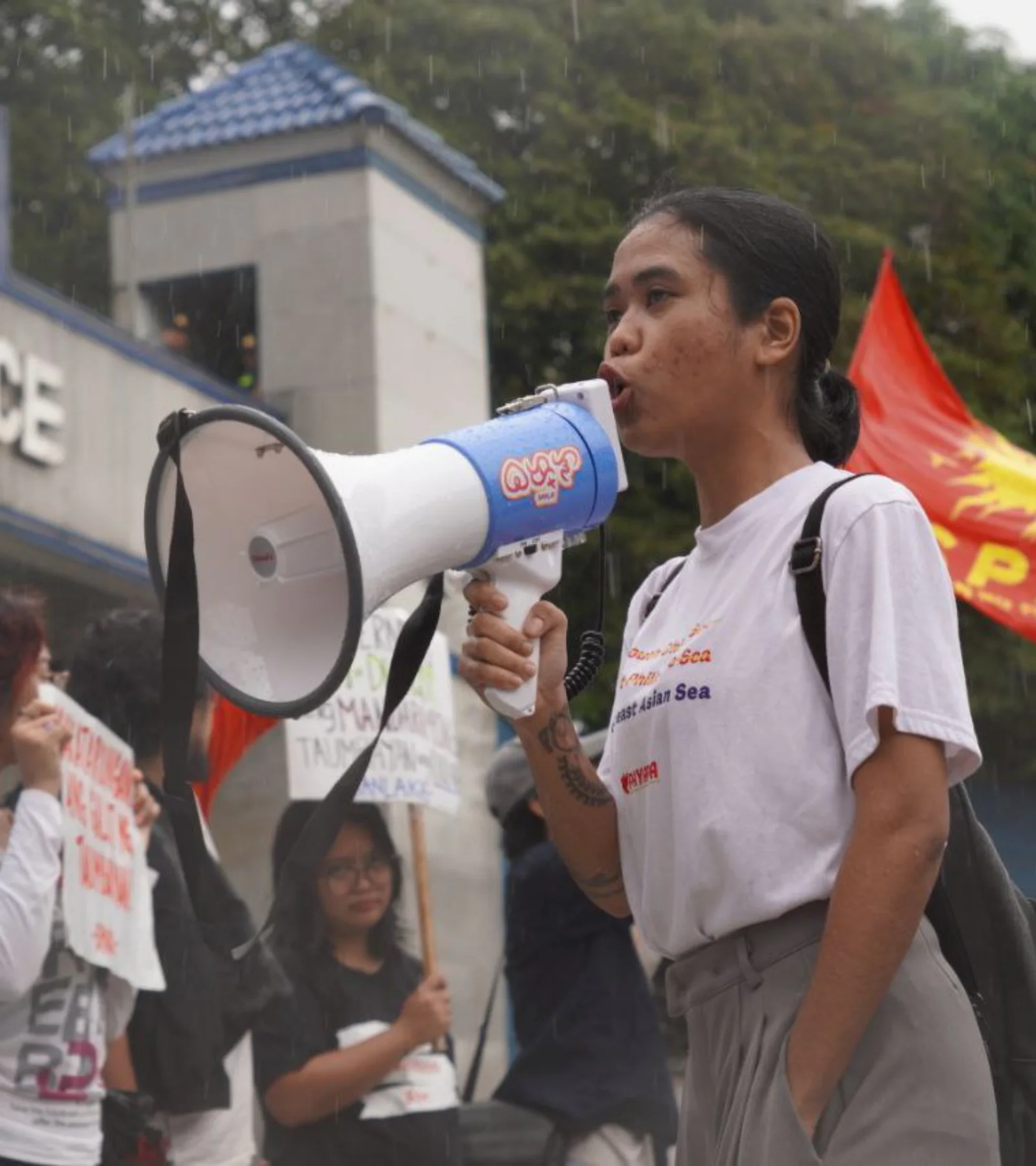
Basuel situates the indignation rally within broader socio-economic realities. For years, residents of Manila’s flood-prone districts have complained about broken drainage systems, uncollected garbage, and substandard housing projects, all of which are linked to corruption and poor governance. These frustrations often spill into the streets because formal avenues for redress remain inaccessible.
By pointing to CHR and NAPOLCOM, Basuel reinforces the demand for institutional accountability. The call from SPARK and allied groups is therefore not just for immediate releases of those detained, but also for structural reform in how state forces engage with protest movements.
This statement speaks directly to how youth groups frame the September 21 arrests as part of a historical pattern. For organizers, the state casts the poor and young as troublemakers, and Basuel pushes back against this stigmatization that has long justified harsh policing of protests. As those most affected by corruption, he hopes the country’s most vulnerable are not seen as agitators, but as partners in a shared struggle for accountability.
This narrative of solidarity, especially with minors affected by corruption, is what has drawn multi-sectoral support for the Camp Crame indignation rally. Labor groups, women’s rights advocates, and church-based organizations have echoed similar sentiments, connecting the arrests to a broader decline in civic freedoms.
“Imbes na maralita at kabataan na biniktima ng sistemang kurakot, ‘yong mga mismong tumataguyod sa sistemang ito ‘yong dapat mapanagot at ikulong,” he says. “Hindi lang sila mga hoodlum, at lalong hindi sila kriminal. Kasama sila sa ating laban, at hinding hindi natin hahayaang mabiktima sila ulit ng estadong bulok.”

